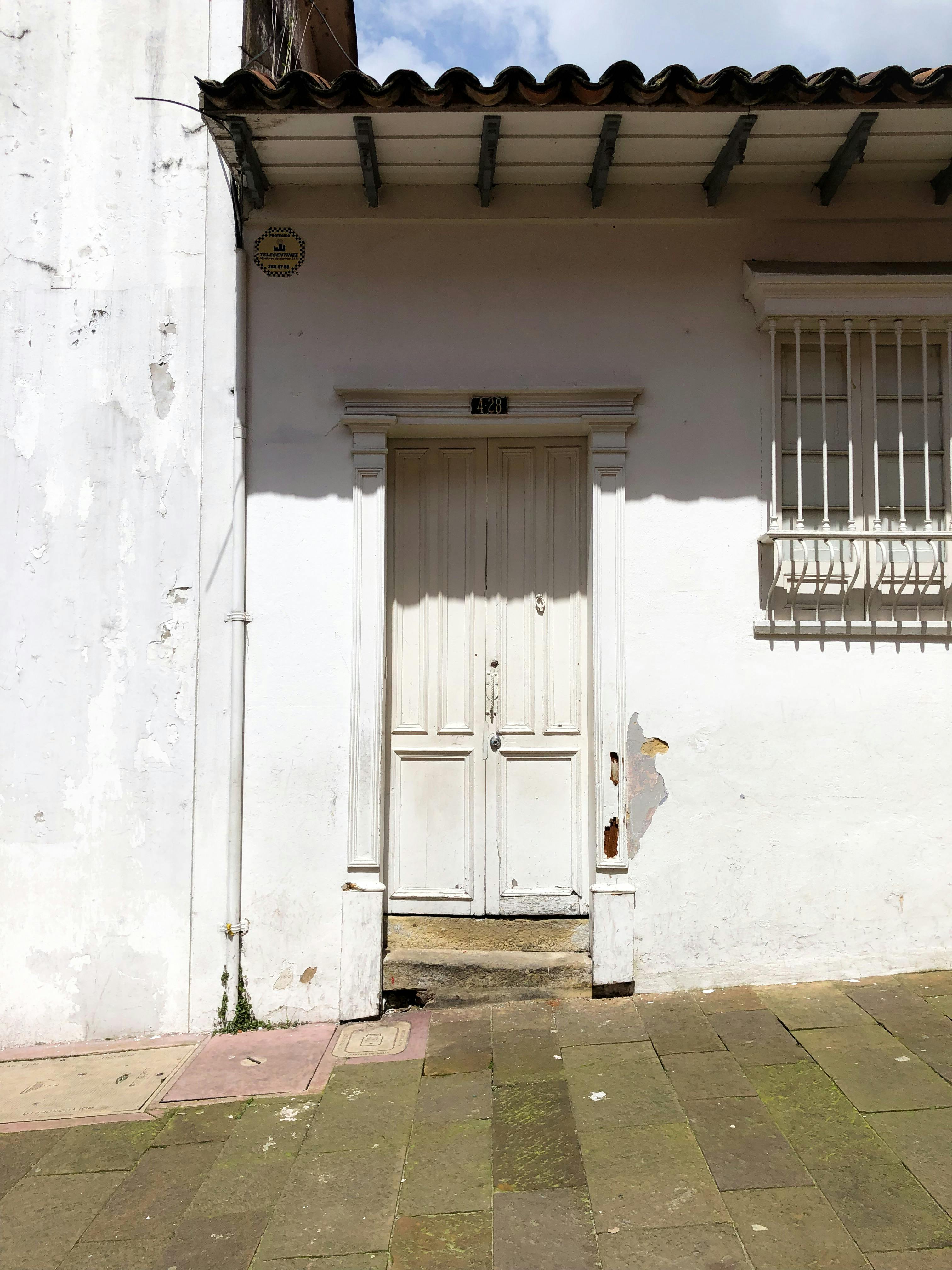Effective Ways to Uninstall Nvidia Drivers in 2025

Effective Methods to Uninstall Nvidia Drivers in 2025
As technology evolves in 2025, ensuring that your computer is equipped with the latest Nvidia drivers is paramount for optimal graphics performance. However, there are times when you may need to uninstall these drivers, whether due to performance issues, conflicts, or simply making way for a fresh installation. Understanding the underlying process of uninstalling Nvidia drivers effectively can save you time and frustration.
This comprehensive guide will detail the various methods to uninstall Nvidia drivers, focusing on effective ways to remove them and ensuring that your system runs smoothly afterward. We will cover manual removal techniques, the use of specialized software tools, and troubleshooting tips for common issues encountered during uninstallation. By the end of this article, you'll be well-equipped to handle any Nvidia driver uninstallation task with confidence.
Key takeaways will include:
- Step-by-step instructions for a clean uninstallation
- Common issues and their resolutions
- Best practices for reinstalling Nvidia drivers after removal
Step-by-Step Process to Uninstall Nvidia Drivers
When uninstalling Nvidia drivers, a systematic approach is essential to avoid potential software conflicts and ensure that your system performs optimally. Here’s how to proceed:
1. Preparing for Uninstallation
Before you begin the uninstall process, it’s important to prepare your system. Start by creating a restore point, which allows you to revert any changes if something goes wrong. Next, ensure you have the necessary permissions and backup any important data related to your graphics applications.
2. Accessing the Nvidia Drivers Through Device Manager
Access your system's Device Manager by right-clicking the Start menu and selecting it from the list. Expand the 'Display adapters' category to locate your Nvidia graphics card. Right-click on it and choose the 'Uninstall device' option. Confirm your choice to initiate the removal process.
3. Using Nvidia's Uninstall Command
Nvidia provides a dedicated command that can streamline the uninstallation process. Open your Command Prompt as an administrator and enter nvidia-uninstall. This will trigger the Nvidia uninstallation utility, making it a direct way to remove the drivers.
4. Employing Third-party Uninstaller Tools
If manual removal proves difficult or if remnants are left behind, consider using trusted third-party driver uninstaller utilities. Tools such as Driver Booster or Display Driver Uninstaller (DDU) can automatically detect and clean up Nvidia drivers effectively. These tools often come with advanced options to eliminate additional software components linked to the drivers.
5. Performing a Clean Installation
After uninstalling Nvidia drivers, it’s often recommended to reboot your system and install the latest drivers. Ensure that you download them directly from the official Nvidia website to prevent downloading corrupted or outdated versions. This ensures the proper installation of updated graphics drivers that work seamlessly with your system.
Common Nvidia Driver Issues and Their Resolutions
After uninstalling Nvidia drivers, it is essential to be aware of potential issues that may arise. Understanding how to resolve these will aid in maintaining system performance.
1. Driver Conflicts
One common issue following an uninstallation is conflicts with old drivers remaining in the system. Utilizing a graphics driver cleanup tool can assist in eradicating these remnants and preventing future conflicts. Ensure to scan the system post-uninstallation for any leftover components.
2. Troubleshooting Graphics Performance Issues
If you experience graphics issues after reinstallation, check to ensure that all drivers are updated not only for your Nvidia card but also for other relevant components. Resetting your display settings in the Nvidia Control Panel can also help fix performance discrepancies.
3. Resolving Software Installation Errors
Should you encounter installation errors when reinstalling, ensure you’re using the latest installer compatible with your operating system. Often, compatibility issues can arise; hence, verifying the driver's compatibility with your OS is crucial. Running the installer in compatibility mode can also resolve issues.
Best Practices for Managing Nvidia Drivers
Regular maintenance of your Nvidia drivers is crucial for ensuring continued performance and compatibility with new software applications.
1. Regular Updates
Always ensure your Nvidia drivers are up to date. Set a reminder to check for updates monthly, or enable automatic updates in the Nvidia settings. This will keep your system performing optimally and prevent many common issues associated with outdated drivers.
2. Creating Backups
Before any major updates or uninstallation, create backups of your current drivers. This will allow you to roll back to a previous version should the need arise. Tools like 'Driver Backup' can assist with this process.
3. Safe Mode Uninstallation
If you experience issues uninstallation through the regular method, try booting your system in Safe Mode. This helps to prevent any programs or processes that could interfere with the driver removal from running.
Nvidia Driver Uninstallation Tools and Utilities
Using proper tools to uninstall Nvidia drivers can simplify the process significantly. They are specifically designed to handle driver components and clean up any leftover files.
1. Nvidia Removal Utility
Nvidia offers its removal utility, which can be an effective tool to uninstall drivers. It is particularly useful for ensuring all related files are deleted, thus preventing remnants from causing issues later.
2. Driver Cleanup Tool
Third-party utilities, such as 'Display Driver Uninstaller', are highly recommended for those looking to ensure a complete uninstall. This tool is specifically designed for graphics drivers and has been very effective in cleaning remnants of Nvidia and other graphics drivers.
3. Advanced Driver Uninstaller Options
Advanced uninstaller options provide features such as batch removal, scheduled cleanups, and the ability to detect older versions of drivers. This level of functionality can save valuable time and help maintain better overall system health.
Q&A: Common Questions About Uninstalling Nvidia Drivers
1. How do I know if I need to uninstall Nvidia drivers?
If you're experiencing graphics performance issues, crashes, or conflicts after an update, it may be necessary to uninstall drivers for reinstallation.
2. Will uninstalling Nvidia drivers affect my gaming performance?
Uninstalling the drivers may temporarily affect gaming performance. However, a clean installation of updated drivers should enhance performance rather than detract from it.
3. How can I ensure no remnants of Nvidia drivers remain after uninstallation?
Using reputable driver cleanup tools can help ensure that no leftover components remain after uninstalling Nvidia drivers. Always perform a scan after using the uninstall option.
4. What happens if I uninstall the Nvidia control panel?
The Nvidia Control Panel is a management interface for your graphics card settings. Removing it may limit your ability to adjust important graphics settings. However, it can be reinstalled afterward.
5. How often should I check for Nvidia driver updates?
It’s best practice to check for updates monthly, or you can enable automatic updates within the Nvidia settings to ensure consistency.

